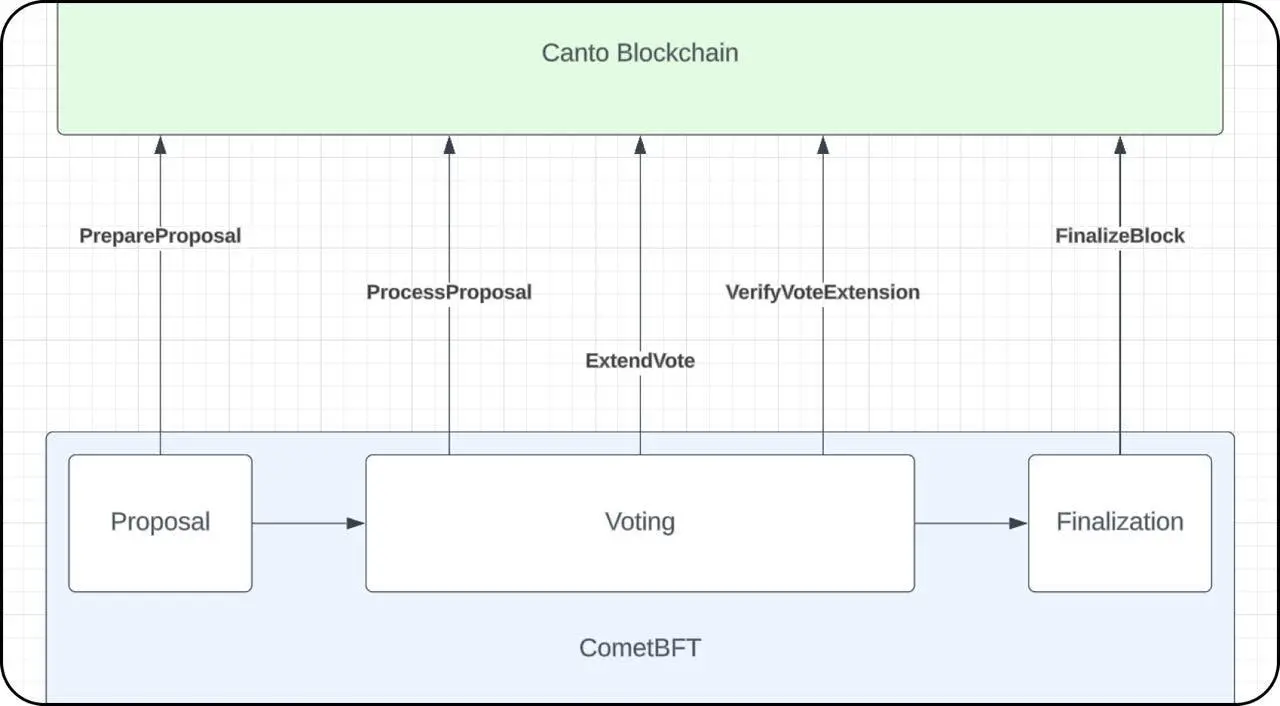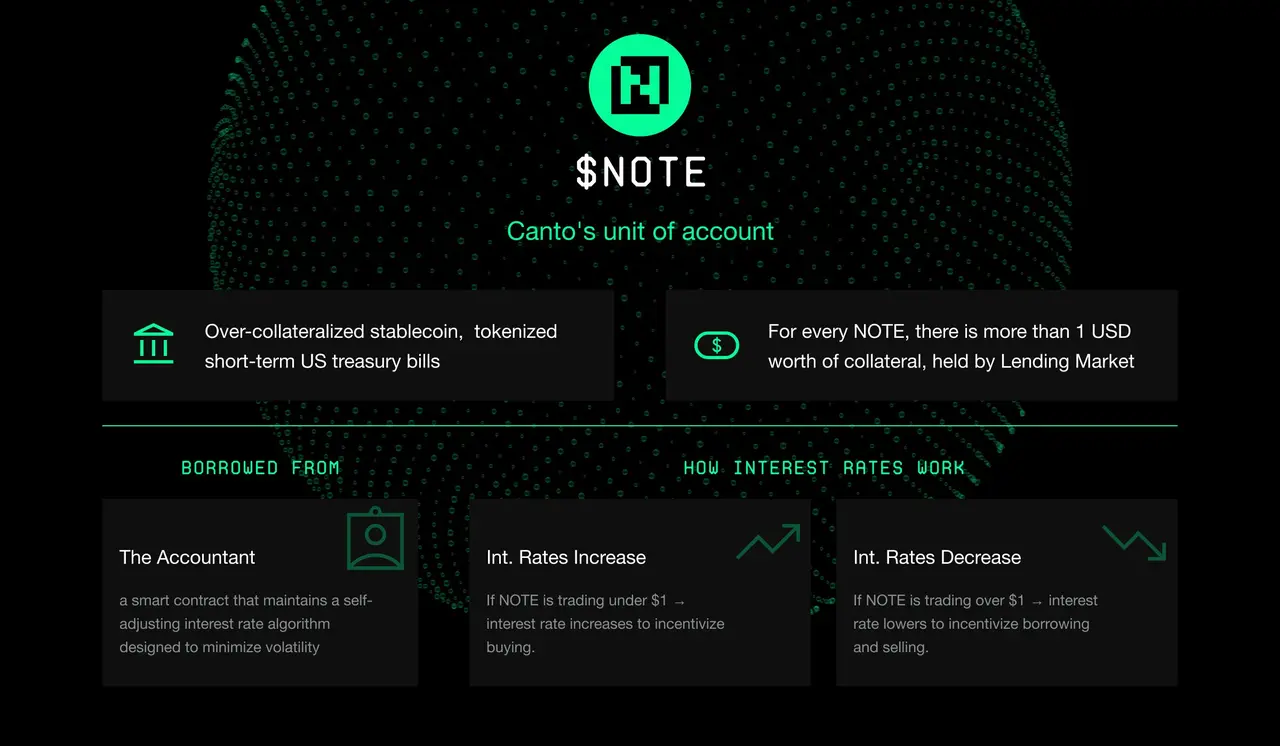Canto's DeFi Exploration: Technological Innovation or Another Tower of Ponzi Scheme?
Canto, a public chain project born in August 2022, quickly attracted significant attention with its unique community-driven approach. In just a few months, from December 2022 to January 2023, Canto's user base and total value locked (TVL) both doubled, with TVL skyrocketing from $66 million to $138 million, demonstrating strong market activity. However, as market enthusiasm fluctuated, by June 2023, TVL fell back to $76 million, and on April 11, 2024, it dropped to $37.91 million, indicating a cooling market sentiment.
Behind Canto is a team of seasoned experts from the crypto industry, including @scottlewis, co-founder of DeFi Pulse and Slingshot, and @RobinWhitney_, a former core member of Acala and Karura. Additionally, @0xzak, who is not only a co-founder of Slingshot but also an advisor to DeFi Pulse, provides strong support for Canto's development with their rich experience and industry standing.
Since the launch of Genesis, Canto has continuously innovated, from hosting its first hackathon to multiple upgrades of its mainnet, each step highlighting its innovation and vitality in blockchain technology and community building. These initiatives have not only optimized network performance and enhanced security but also balanced inflation and mining rewards through adjustments to incentive mechanisms, showcasing its commitment to a healthy ecosystem.
So, in this context, can Canto continue to maintain its innovation and openness, restore market confidence, and promote the development of the DeFi ecosystem?

1. Canto: An Innovative DeFi Platform or a High-Level Ponzi Scheme?
1. Technology and Compatibility
Canto is a Layer 1 public chain built on the Cosmos SDK, specifically designed for DeFi, utilizing the Cosmos Tendermint consensus mechanism and fully compatible with EVM. This technical structure gives it a significant advantage in execution efficiency, with a block time of just 6 seconds, much faster than Ethereum's 12 seconds, greatly enhancing the smoothness of transactions and application operations. Canto's compatibility also facilitates developers in quickly migrating Solidity dApps to this platform, seamlessly connecting to a wide range of DeFi application ecosystems.
2. Decentralization and Economic Model
Unlike conventional blockchain projects, Canto highly advocates decentralization, with no official foundation, no pre-sale, no equity ownership, and no venture capital accepted, making these features particularly rare among emerging EVM chains. Canto creates a self-sustaining ecosystem by providing free public infrastructure, such as DEX and lending markets, and offering revenue to developers through contract revenue sharing (CSR). This economic model theoretically attracts more developers to participate but also raises concerns about being a Ponzi scheme, as the entire system's maintenance relies on the continuous influx of new users and the sustained growth of token value.
3. Community-Driven and Incentive Mechanism
All major updates and proposals of Canto must go through community voting, ensuring the project's transparency and fairness. The active participation of the community provides strong momentum for the project, as evidenced by hackathons and multiple network upgrades demonstrating the community's innovation and execution capabilities. However, Canto's token economics face criticism, mainly due to its liquidity mining and token issuance mechanisms, which may lead to long-term inflation, questioning its sustainability and viability.
4. Governance and Risks
Canto's governance model is designed to be fully decentralized, with no single controlling entity able to determine the network's future, idealizing network governance and enhancing user trust. However, the main risks Canto faces include significant fluctuations in market confidence, the token price being highly dependent on community trust, and potential governance efficiency issues due to high decentralization. Additionally, the large supply of tokens in the token economy given to early contributors may also become a tool for market manipulation.
In summary, Canto indeed brings many innovations to the DeFi space, but its label as a Ponzi scheme also raises concerns. Whether this model can continue to promote the healthy development of the ecosystem remains to be tested by the market and time. The success or failure of such projects will be an important indicator of whether decentralized finance can break free from the shadow of Ponzi schemes.
2. With Parallel Execution and Optimized Storage, Canto's Cyclone Stack Significantly Enhances Blockchain Performance and Flexibility
Since its inception, the Canto network has been committed to providing developers with an ideal environment for building sustainable and scalable applications. Following the introduction of two innovative mechanisms last year—free public infrastructure (FPI) and contract revenue sharing (CSR)—Canto further optimizes its network structure through technological innovation to support higher performance and greater scalability. These efforts culminate in the upcoming Cyclone Stack, a parallel execution EVM upgrade suite developed by the B-Harvest team, aimed at significantly enhancing Canto's processing capacity and efficiency.
1. Core Upgrades of Cyclone Stack
Cyclone Stack includes three main technical upgrades: Callisto, Elara, and Kallichore, which collectively enhance Canto's performance and scalability:
Callisto Upgrade:
Updated to Cosmos SDK v0.50, fully implementing the ABCI 2.0 interface from CometBFT v0.38.
Introduced optimistic execution strategies to optimize transaction processing speed and application response time.

Elara Upgrade:
Implemented Cyclone EVM, an optimistic parallel execution EVM capable of processing multiple transactions simultaneously, significantly increasing transaction throughput.
Optimized transaction execution processes through the new ABCI 2.0 interface, reducing data conflicts and improving execution efficiency.

Kallichore Upgrade:
Integrated mem-IAVL to optimize data storage access, reduce I/O bottlenecks, and accelerate state submission and query speeds.
Separated the data layer for submission and storage, enhancing the overall speed and stability of blockchain operations.
2. Specific Implementation and Impact of Upgrades
The Callisto upgrade primarily expands the interaction between the consensus engine and blockchain applications through ABCI 2.0, adding five new methods (such as PrepareProposal and ProcessProposal), making parallel execution possible for Canto. The introduction of optimistic execution allows transactions to begin processing before all validators confirm, significantly speeding up block processing.
The Elara upgrade's Cyclone EVM leverages the new features provided by ABCI 2.0, enabling rapid transaction execution even under high data contention through parallel processing technology, significantly improving processing efficiency. Additionally, conflict detection and transaction re-execution mechanisms ensure that the network does not sacrifice transaction security and integrity while speeding up.
The Kallichore upgrade significantly accelerates data access speeds related to state submission by introducing the memory storage layer mem-IAVL, simplifying the block submission process while enhancing system stability and maintainability. Furthermore, this upgrade optimizes the speed of snapshot creation/restoration, improving node startup and data rollback efficiency.
The development of Cyclone Stack marks an important step for Canto in optimizing blockchain performance and user experience. The Callisto upgrade is planned for release in the second quarter of 2024, with the implementation of Elara and Kallichore to be completed by the end of the year, bringing unprecedented performance improvements to Canto and providing developers and users with a more efficient and secure blockchain environment.
3. Canto Launches NOTE Stablecoin: A True Financial Innovation or a Market Hype?
On April 11, 2024, the L1 network Canto announced the launch of a new type of over-collateralized stablecoin, NOTE, which is backed by tokenized short-term U.S. Treasury bonds as real-world assets (RWA), ensuring that each NOTE has over $1 in collateral value. The unique feature of the NOTE stablecoin is that it cannot be minted arbitrarily and can only circulate through lending. Its lending rates are managed by a smart contract called "Accountant," which can automatically adjust rates based on the market price of NOTE to maintain price stability.

In Canto's NOTE issuance mechanism, all interest income generated from lending is directly deposited into the community treasury, which will be used to support public interest projects, all governed by the Canto community. This model not only showcases Canto's innovative spirit in the DeFi space but also emphasizes its ongoing commitment to transparency, accessibility, and decentralization.
The operational mechanism of the NOTE stablecoin is quite unique: it uses algorithms to periodically balance prices to ensure the stablecoin's value remains fixed around $1, although it is not a traditional stablecoin as its price may fluctuate slightly. The smart contract automatically adjusts the interest rate every six hours to control the market supply of NOTE and indirectly manage its market price. If the trading price of NOTE falls below $1, the interest rate will increase to stimulate purchases; conversely, if the trading price exceeds $1, the interest rate will decrease to encourage lending and sales.
This self-regulating interest rate mechanism aims to naturally adjust the circulation and value of NOTE through market behavior rather than maximizing profits. Each interest rate adjustment is based on the difference between the NOTE price and $1, with a fixed adjustment magnitude of 0.25 times the difference.
Canto's innovative attempt is unprecedented in the DeFi space, and while it brings a series of potential design advantages, it also comes with unknown risks. The Canto team reminds users that although NOTE offers new lending and investment opportunities, all participants should limit their financial risks in Canto and only invest funds they can afford to lose.
In summary, Canto's NOTE stablecoin is not only a new chapter in its financial innovation but may also represent an important experiment in the design of blockchain stablecoins. Can this over-collateralized stablecoin, backed by real-world assets, maintain its decentralized and self-regulating characteristics while providing stable value? Or will it prove to be just another simple repetition in the DeFi space?









